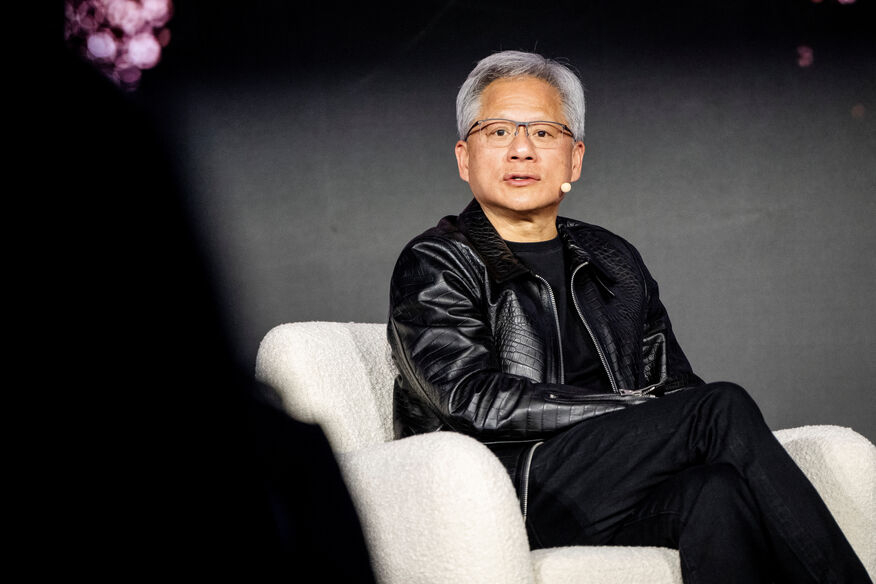BREAKINGVIEWS-Ericsson’s recovery looks tough to maintain

The author is a Reuters Breakingviews columnist. The opinions expressed are her own.
By Jennifer Johnson
LONDON, Jan 24 (Reuters Breakingviews) - Communications equipment is hardly a buzzy growth sector, though recent share price moves by European suppliers might suggest otherwise. Stockholm-based Ericsson’s ERICb.ST shares have soared 45% in the past 12 months, while Finnish rival Nokia NOKIA.HE is up 41% despite a string of missed earnings estimates. The positive feeling emerged alongside a rebound in US demand for 5G kit – but it may not last.
Investment in mobile infrastructure is inherently cyclical. Telcos spend big when it’s time to roll out a new generation of cellular technology, and companies like Ericsson and Nokia reap the benefits. Both firms make radio access network (RAN) equipment, which links smartphones and other devices to the core network. This market has come under pressure in recent years as 5G installations peaked and customers scaled back their capex plans.
At first glance, Ericsson’s fourth quarter results show little evidence of an actual slowdown: net sales were up 1% on last year to 72.9 billion Swedish crowns ($6.66 billion), exceeding Visible Alpha consensus estimates of 72.6 billion Swedish crowns. Reported revenue in North America grew 53%, thanks in part to renewed interest from telco giants like Verizon VZ.N and AT&T T.N. But the long-term trend for mobile gear demand is, at best, one of very modest growth.
Market researcher Dell’Oro estimates that the global RAN equipment market will increase by a maximum of 2% this year, with North American expansion of between 5% and 10% offsetting declines elsewhere. In other words, Ericsson and Nokia will struggle to keep their shares ticking upwards if telcos remain their key customers. Both companies therefore want to diversify: Nokia bought Infinera, a maker of optical networking gear, last summer to gain exposure to the data centre boom.
Meanwhile, Ericsson has moved to target enterprise customers – big industrial clients beyond the traditional telcos. It acquired cloud communications provider Vonage in 2021 – but has twice written down the purchase after lower-than-expected growth. Ongoing weakness in the enterprise division led the company to underperform analysts’ profit expectations in the fourth quarter of 2024. Adjusted operating profit was 9.6 billion Swedish crowns, against LSEG consensus of 10.3 billion Swedish crowns.
This underperformance fuelled a 10% share slump on Friday morning, despite a decent outcome for North American mobile networks. With rollout of 6G still five years away, there’s not much for RAN suppliers or their investors to look forward to. Yet at around 8 times the EBITDA analysts compiled by LSEG expect it to make in 2025, Ericsson trades in line with its 10-year average multiple rather than looking noticeably cheap.
Conceivably, new AI applications could strain 5G networks and trigger more immediate upgrades. Equally, tariffs imposed by President Donald Trump could limit U.S. growth. Ericsson investors shouldn’t assume another 2024-style share surge.
Follow @jenjohn_ on X
CONTEXT NEWS
Ericsson on Jan. 24 reported 2024 sales of 247.9 billion Swedish crowns, a decline of 6% compared to 2023. The group’s key networks business saw reported revenue fall by 8% year-on-year to 158.2 billion Swedish crowns, though there were significant improvements in the latter half of the year, particularly in North America.
As of 1215 GMT on Jan. 24, Ericsson shares were trading at 88 Swedish crowns, down 9.9%.
Nokia is due to report full-year results on Jan. 30.





